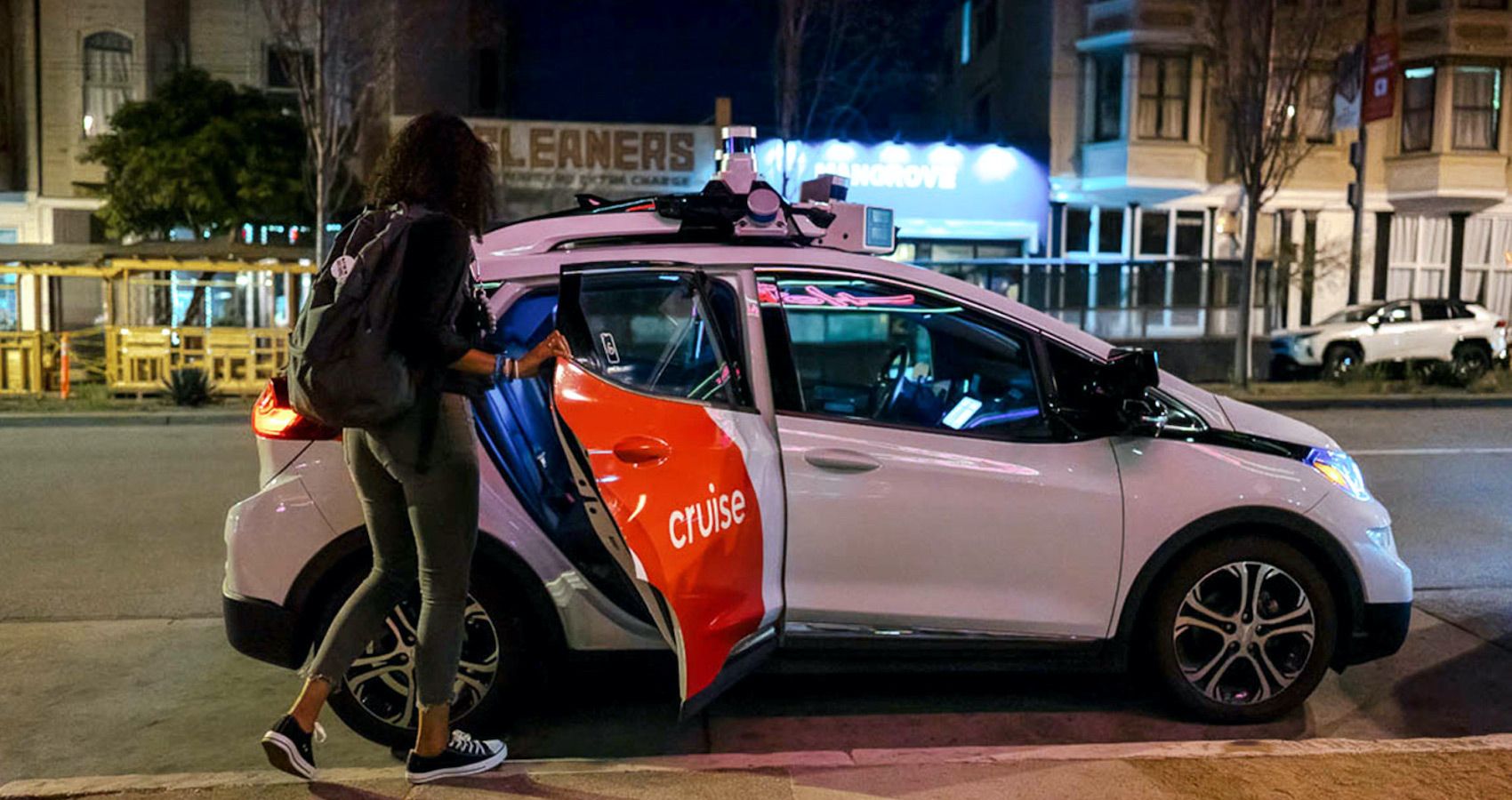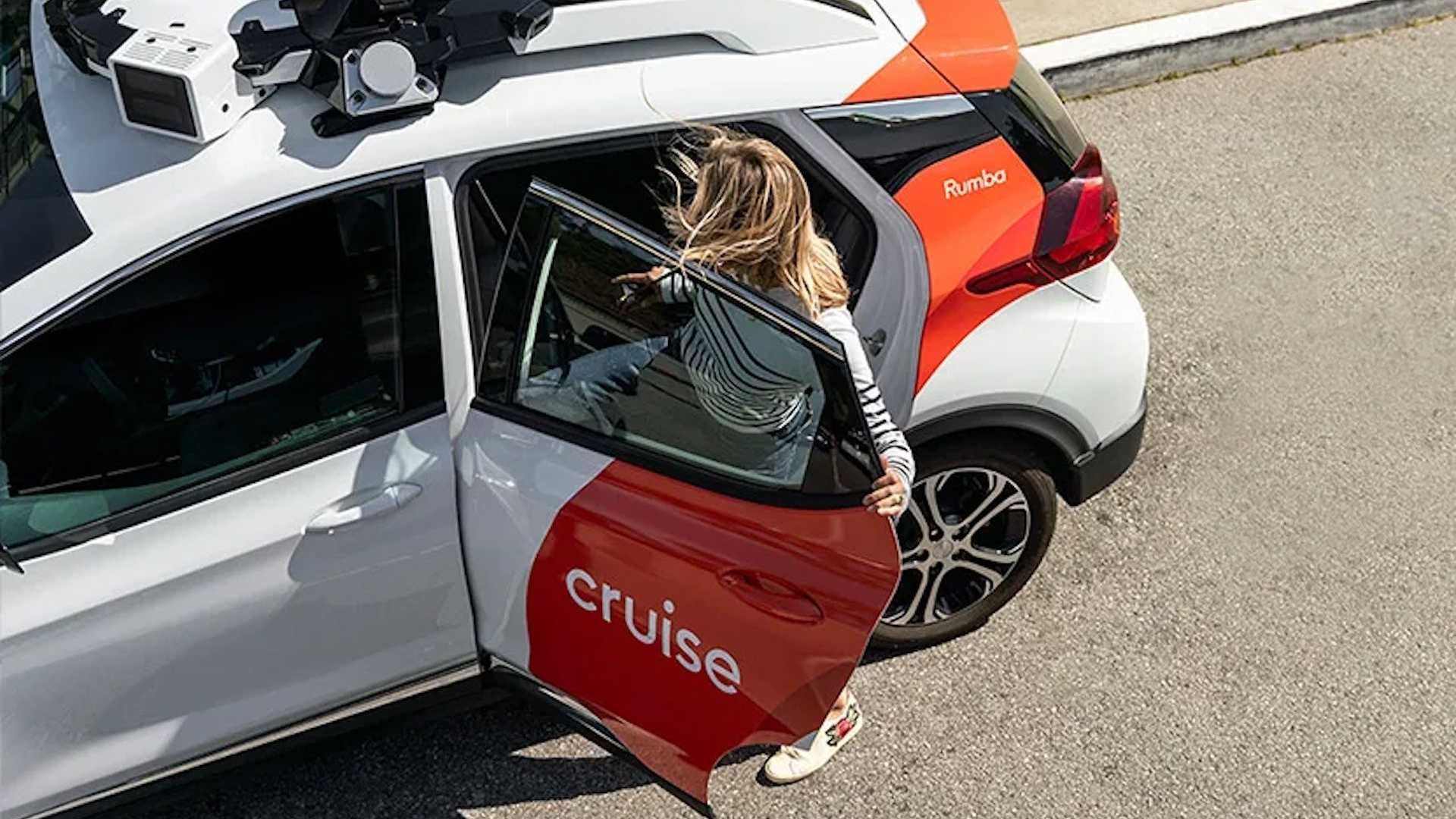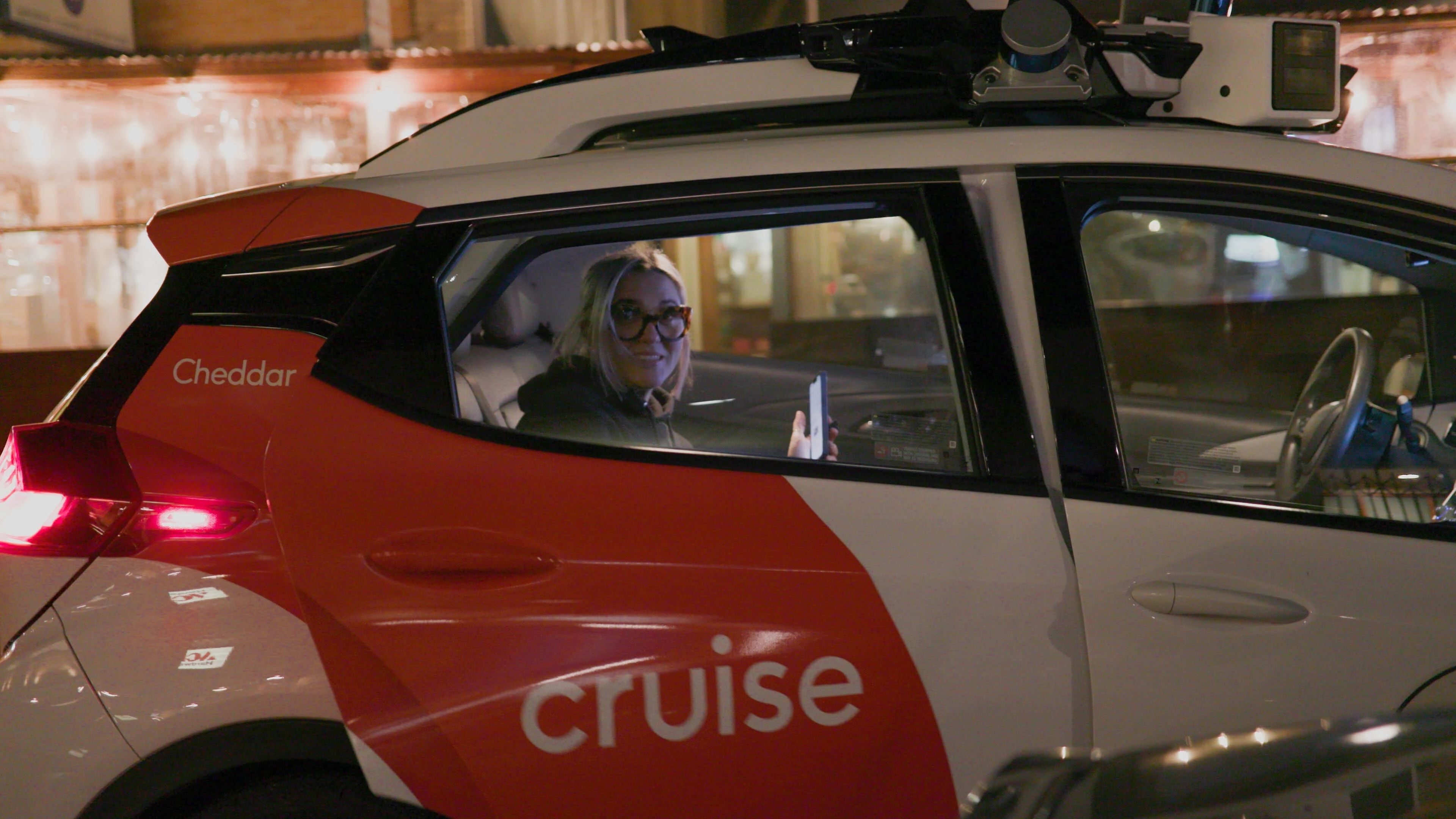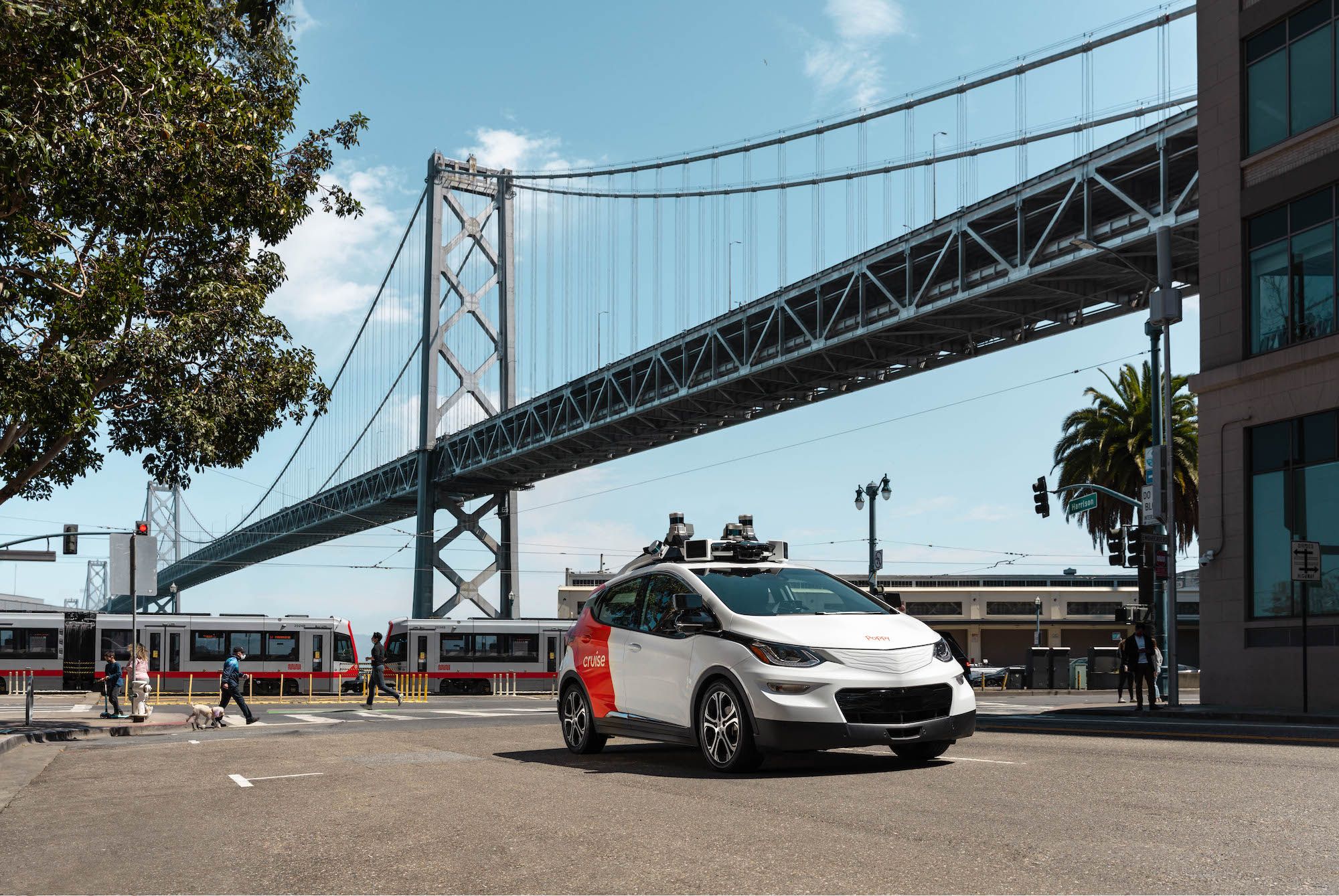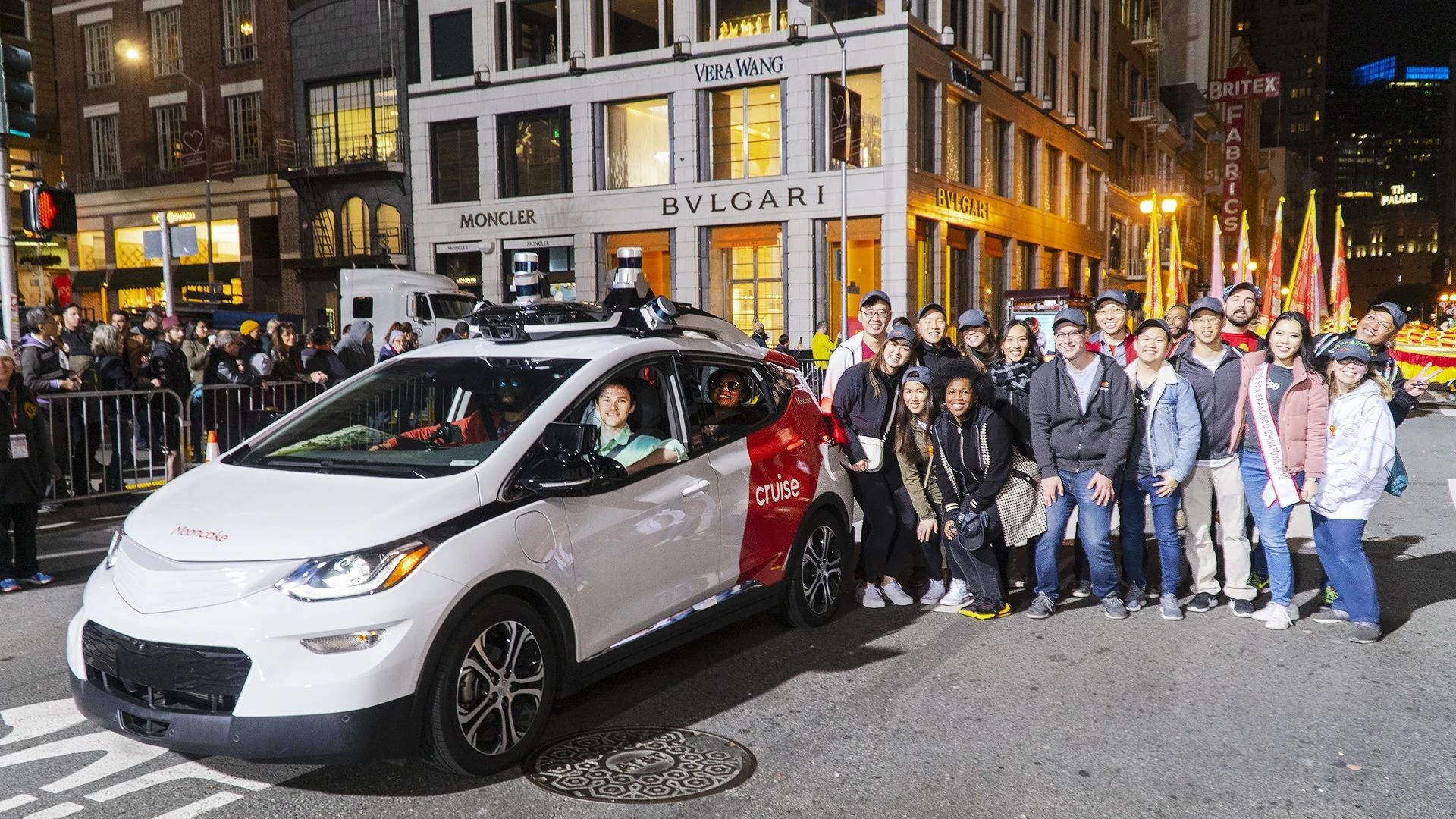Self-driven cars aren’t new, certainly not to Cruise, a brand that was specifically developed to lead the autonomous movement. Recall that Cruise unveiled its first vehicle back in 2020. Cruise was initially launched as the Google self-driving car project. And with these cars, the General Motors division was already able to charge folks for rides, with the inclusion of a safety driver. A while back, we welcomed the Stella Era, a self-driving car with a solar-propelled powertrain. Multiple brands are joining forces to set this dream in motion, overcoming all the challenges involved in creating fully-autonomous cars.
On 2 June 2022, regulators with the California Public Utilities Commission (CPUC) approved the company to render a self-driving taxi service in San Francisco, where the autonomous taxis cars were programmed and trained to drive. With this license, Cruise can offer paid passenger services to the public with numerous all-electric fleets on some streets in the state.
This move pushes its vision forward by allowing the company to launch fully autonomous commercial operations.
Driverless Taxis Are Now An Authentic And Innovative Business For Cruise
In San Francisco, you always see self-driving test cars with human safety drivers, and every now and again, completely driverless vehicles. But these vehicles always had safety drivers in them. Cruise's first go into the self-driving vehicle sector was in 2021, when it offered a free taxis service to whoever signed up on Cruise. These rides covered close to 70 percent of the city.
The permit was the final hurdle that the brand had to go through in order to begin its operations in California. Cruise said it would launch paid services within the next couple of weeks. For the autonomous taxi service, Cruise will utilize up to 30 driverless Chevrolet Bolt electric vehicles.
However, There Are Some Restrictions
Certainly, turning this autonomous technology into a fully-fledged business, particularly in one of the largest cities in the United States, San Francisco, will be a turning point in the long and late journey to a driverless taxi technology. While Cruise is free to operate the driverless taxi services in San Francisco, the operations will be so tightly controlled. These cars will have a sluggish maximum speed of 30 miles per hour. The cars are only limited to roads that avoid downtown. Also, in its initial phase, the robotic taxis will only offer hauling services between the hours of 10 p.m. and 6 a.m., ensuring that the roads are partially empty when the cars roam the streets.
In addition to being limited by locations and times of reduced traffic and fewer pedestrians on the roads, driverless cruise services are also not allowed to operate under heavy rain, snow, heavy fog, heavy smoke, or hail. And during its operating hours, Cruise can collect all the fares, but it won’t carry passengers from different parties.
How Do The Driverless Taxi Service Operations Really Work?
Cruise’s robotic taxi service will use the Cruise AV, which is basically an all-electric Chevrolet Bolt. The brand said its self-driving taxis are equipped with more than 40 sensors around the body. Cars also have a special program that calculates miles and also learns more on the go. Most of its vehicles have already clocked up at least two million miles, accumulated during the development phase. So, their systems already know their way around the city, and how to provide the safest experience for customers.
Also, unlike its previous autonomous vehicles that had to have a safety driver, Cruise said the second-generation model will be completely driverless. So, say goodbye to pedals, rearview mirrors, or even a steering wheel.
There’s A Lot Of Room For Improvement, Thankfully
At the time of this writing, the exact date the driverless taxis will operate has not been revealed. But when the service does go live, Cruise says about 30 fully electric Chevrolet Bolt taxis will roam the selected streets of San Francisco. But, of course, Cruise knows this process shouldn’t be rushed. The brand will introduce the paid service slowly while, for the most part, analyzing its progress. Once there are confident with the service “we’ll expand the service area, hours, etc. as we learn what works and what doesn’t.” Said Kyle Vogt, the Co-founder, President, and CTO at Cruise.
In addition to this green light from Californian regulators, a lot of companies are supporting Cruise’s dream. General Motors, Walmart, Honda, Microsoft, and Rowe Price have collectively tossed close to $10 billion in investments into the project.

